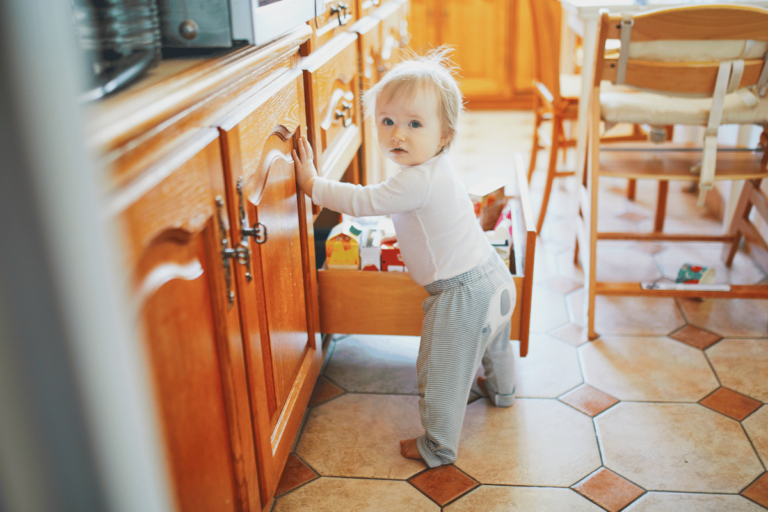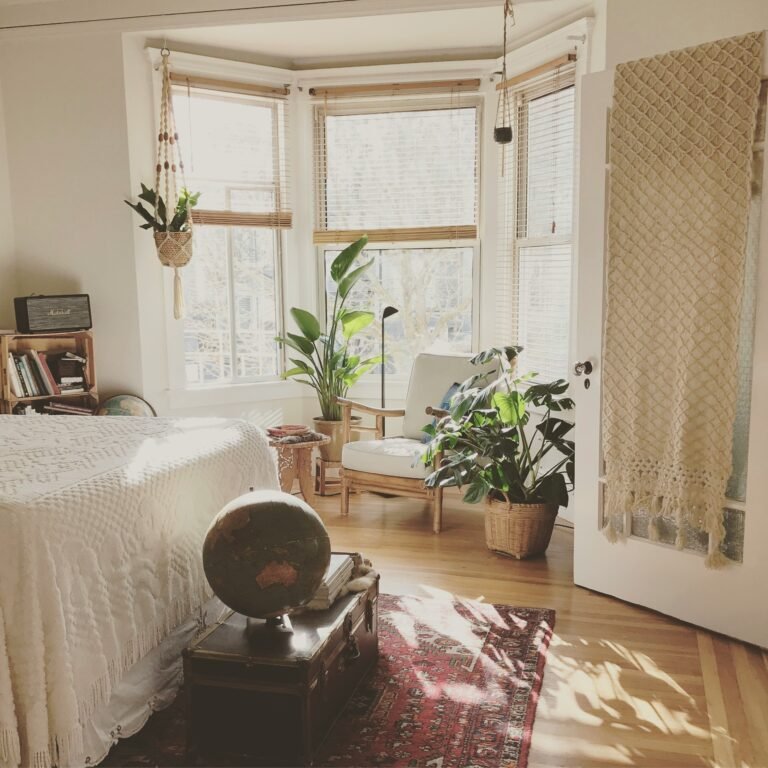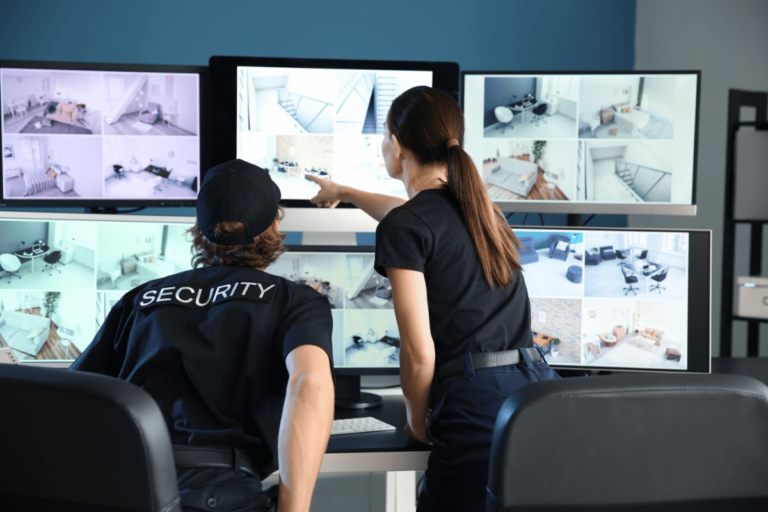Safety First: Your Comprehensive Home Safety Checklist
Assessing Home Safety
Why You Need a Home Safety Checklist
Keeping your home safe isn’t just about locking the doors at night. A solid home safety checklist can help you spot potential dangers and fix them before they cause trouble. By checking this list regularly, you can cut down on accidents and emergencies, making your home a safer place for everyone.
A good checklist keeps you on track. It helps you figure out what needs to be done first and where to put your time and money. Plus, it makes you think ahead, so you can fix small issues before they turn into big problems. Taking these steps not only keeps your family safe but also gives you peace of mind.
How to Check Your Home’s Safety
To see how safe your home really is, you need to look at both the inside and the outside. Here’s a simple table to help you check the key areas:
| Area | What to Check |
|---|---|
| Inside | Make sure smoke detectors and carbon monoxide alarms work. Look at electrical outlets and cords for damage. Keep fire extinguishers handy and charged. Fix trip hazards like loose rugs and clutter. |
| Kitchen | Know where the fire extinguishers are. Store knives and sharp objects safely. Ensure good ventilation for cooking appliances. |
| Bathroom | Use anti-slip mats in the tub or shower. Install grab bars near toilets and in bathtubs. Make sure the lighting is good. |
| Outside | Check locks on doors and windows. Make sure outdoor lights work well. Look at the condition of stairs and walkways. |
| Garage | Store hazardous materials safely. Keep tools organized and out of children’s reach. Ensure proper ventilation if using gas-powered equipment. |
While you’re checking your home, you might want to look at extra resources like home safety tips or electrical safety tips to learn more about specific areas. Regular checks will help keep your home safe and sound for everyone.
Indoor Safety Measures
Keeping your home safe isn’t rocket science, but it does take a bit of effort. By focusing on fire safety, electrical safety, and preventing falls and trips, you can make your home a fortress of safety for you and your family.
Fire Safety Precautions
Fires are no joke. They can turn your life upside down in minutes. Here’s how to keep the flames at bay:
- Install Smoke Detectors: Pop smoke detectors on every floor, especially near bedrooms. Test them monthly and swap out the batteries at least once a year.
- Create an Escape Plan: Sketch out a family escape plan with two exits from every room. Practice it like a fire drill.
- Keep Fire Extinguishers Handy: Have at least one fire extinguisher in your home, especially in the kitchen and near any heat sources. Learn how to use it.
- Avoid Overloading Outlets: Don’t turn your outlets into a tangled mess of plugs. Overloading can lead to overheating and fires.
| Fire Safety Checklist | Status |
|---|---|
| Smoke detectors installed and tested | [ ] |
| Family escape plan created and practiced | [ ] |
| Fire extinguishers available and checked | [ ] |
| Electrical outlets not overloaded | [ ] |
Electrical Safety Tips
Electricity is a double-edged sword. It powers your home but can also be dangerous. Here’s how to keep it in check:
- Inspect Cords and Plugs: Regularly check electrical cords and plugs for fraying or damage, and replace any damaged cords promptly. For more complex electrical issues, it’s wise to consult local Dee Why electricians who can ensure your home or business remains safe and compliant with all electrical standards.
- Use GFCI Outlets: Install Ground Fault Circuit Interrupter (GFCI) outlets in areas where water is present, like kitchens and bathrooms.
- Know Your Circuit Breaker: Get to know your circuit breaker panel and make sure it’s easy to get to.
- Hire Professionals for Repairs: If you notice any electrical issues, like flickering lights or frequent circuit breaker trips, call a qualified electrician.
| Electrical Safety Checklist | Status |
|---|---|
| Cords and plugs inspected | [ ] |
| GFCI outlets installed | [ ] |
| Circuit breaker panel known | [ ] |
| Professional repairs scheduled if needed | [ ] |
Preventing Falls and Trips
Falls and trips can be a real pain, literally. Here’s how to keep everyone on their feet:
- Remove Clutter: Keep floors clear of clutter, like toys, shoes, and other stuff that can trip you up.
- Secure Rugs and Mats: Use non-slip mats or rug grips to keep rugs from sliding around.
- Improve Lighting: Make sure all areas of your home are well-lit. Add night lights in hallways and staircases.
- Install Handrails: If you have stairs, make sure handrails are secure and easy to grip.
| Fall and Trip Prevention Checklist | Status |
|---|---|
| Floors cleared of clutter | [ ] |
| Non-slip mats in place | [ ] |
| Adequate lighting installed | [ ] |
| Sturdy handrails on stairs | [ ] |
By adding these safety measures to your home safety checklist, you can make your home a safer place. Prioritize these steps to protect your home and the people you love.
Outdoor Safety Tips
Keeping your outdoor spaces safe is key to protecting your home and family. Here are some practical steps to add to your home safety checklist.
Locking Down Entry Points
Securing entry points is a no-brainer for boosting home security. Here’s what you need to do:
| Entry Point | What to Do |
|---|---|
| Front Door | Get a deadbolt lock and maybe a smart lock for extra peace of mind. |
| Back Door | Use a strong strike plate and make sure the door frame is solid. |
| Windows | Lock them up and think about adding window sensors. |
| Garage Door | Lock it and keep it closed when not in use. |
You might also want to look into a home security system for that extra layer of protection.
Light Up the Night
Good outdoor lighting can scare off intruders and help you see better around your home. Here’s how to light things up:
| Light Type | Why You Need It |
|---|---|
| Motion Sensor Lights | They turn on when something moves, adding security and convenience. |
| Pathway Lights | Light up walkways and driveways to prevent trips and falls. |
| Flood Lights | Brighten up large areas for better visibility at night. |
| Decorative Lights | Look good and provide useful lighting. |
Make sure your lights are in good shape and replace bulbs when needed. For more tips, check out our article on home safety tips.
Garage and Car Safety
Don’t forget about your garage and car. Here’s how to keep them safe:
| What to Do | Why It Matters |
|---|---|
| Lock the Garage | Keep it locked and maybe add a security camera. |
| Organize Tools | Store tools safely to avoid accidents. |
| Lock Your Car | Always lock it and don’t leave valuables in plain sight. |
| Park Smart | Park in well-lit areas for better safety. |
By following these outdoor safety tips, you can make your home a safer place. For more safety advice, check out our articles on electrical safety tips and childproofing your home.
Emergency Preparedness
Getting your home ready for emergencies means having a solid plan, stocking up on must-have supplies, and knowing when to call for help. These steps can keep your family safe and sound.
Making a Family Emergency Plan
First things first, whip up a family emergency plan. Here’s what you need to cover:
- Communication: Pick a spot outside your home where everyone can meet if you need to evacuate. Make sure everyone knows how to get in touch if you get separated.
- Roles and Responsibilities: Give each family member a job, like checking on pets or grabbing important papers.
- Emergency Contacts: Keep a list of key phone numbers, like family, neighbors, and local emergency services.
| Plan Component | Description |
|---|---|
| Meeting Place | Pick a safe spot to meet up. |
| Contact List | Keep an updated list of emergency contacts. |
| Roles | Assign tasks based on what each person can do. |
For more safety tips, check out our article on home safety tips.
Stocking Up on Emergency Supplies
Having the right supplies on hand is a game-changer when things go south. Here’s what you need:
| Supply | Quantity |
|---|---|
| Water (1 gallon per person per day) | 3-day supply |
| Non-perishable food | 3-day supply |
| First aid kit | 1 |
| Flashlight | 1 per person |
| Batteries | 10 |
| Whistle (to signal for help) | 1 |
| Multi-tool or Swiss Army knife | 1 |
| Local maps | 1 set |
Check and update your supplies regularly, especially food and water. For more tips, see our article on home security systems.
Knowing When to Call for Help
Sometimes, you just need to call in the pros. Here’s when to reach out:
- Medical Emergencies: If someone’s seriously hurt or sick, call 911 right away.
- Severe Weather: If a big storm like a hurricane or tornado is coming, listen to local authorities and evacuate if they say so.
- Home Security Issues: If you think someone’s breaking in or you feel unsafe, call the police immediately.
Knowing when to get help can keep you calm and ready to act. For more safety info, read about childproofing your home to keep your little ones safe.






